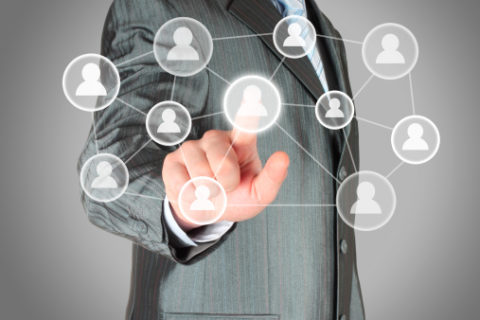Jo Bowman
Digital pioneer Andy Hobsbawm tells Jo Bowman the machines are here.
We search online for gift ideas, tradespeople, news and entertainment, but what if you could Google a parking space and your possessions could talk to each other?
The connections that have linked people and businesses through their computers and phones are about to precipitate the next industrial revolution, one no less significant than the invention of rail travel and electricity. Andy Hobsbawm, founder and chief marketing officer of software company Evrythng, says the nascent “internet of things” is a game-changer for individuals, businesses and governments, as everyday objects from parking meters and thermostats to medicines and clothing connect to the internet via sensors or computer chips.
By 2015, Hobsbawm predicts that one trillion devices will be connected to the internet, billions of them not computers or smartphones but ‘things.’ “Now is the coming dawn of when things start to become connected. From the chairs you sit on to the streets, the buildings and potentially even smart dust in the air,” he says. “There are a lot of ‘things’ in the world, and for them to start becoming connected has got to be quite significant, even if we don’t know exactly how it’s going to play out. It’s a very big disruptive shift.”
We’re already familiar with the beginnings of the internet of things. Near-field communication enables physical things like London’s Oyster cards, which can be used for payment across the travel network, to feed massive amounts of data about passenger patterns to data analysts who can work out how best to manage traffic flows. The same kind of tracking could be used to manage container ships and other ways of moving.
The business model
But it’s not just new connections; new business models are emerging from the internet of things as well. Rolls-Royce, for instance, is able to sell engines on a subscription-style model, renting engines on a thrust-per-second basis in a way similar to small businesses buying services from Amazon. Such a model is made possible because of instruments that allow remote monitoring of each engine. The engines, in a sense, “talk” to the engineers back at HQ.
Imagine this model applied to car insurance, Hobsbawm says: already, tracking devices allow policies to be altered according to the way individuals drive, but what if you could have a policy for your regular routes and then upgrade when you go away for a long weekend? In healthcare, a “smart pill” has been approved for use by the US Food and Drug Administration. “It’s sort of the equivalent of swallowing an entire surgical team in terms of the diagnostics – the idea of new technologies and pathways that allow you to remotely monitor health and even administer treatment, or use wearable technology to encourage people to lead healthier lifestyles so they don’t get ill in the first place.”
If you’re an ESOMAR member you can read the full article in MyESOMAR in the digital copy of Research World. If you are not a member of ESOMAR you can join and receive a free copy of Research World 6 times a year or alternatively you can sign up for a subscription of the magazine in our publications store.


